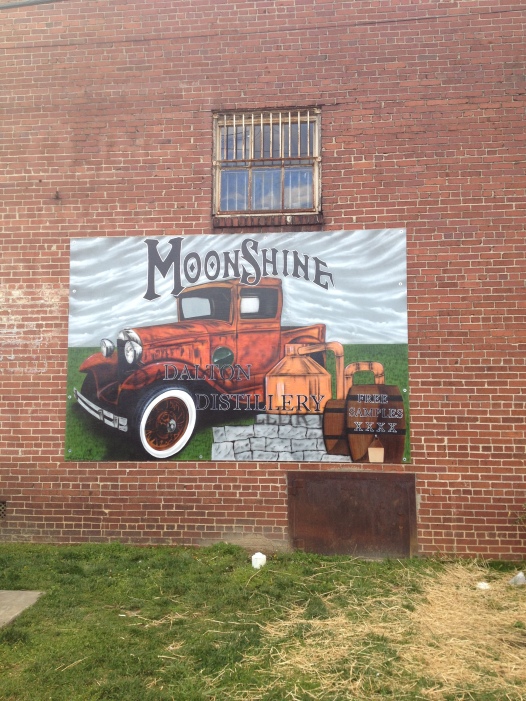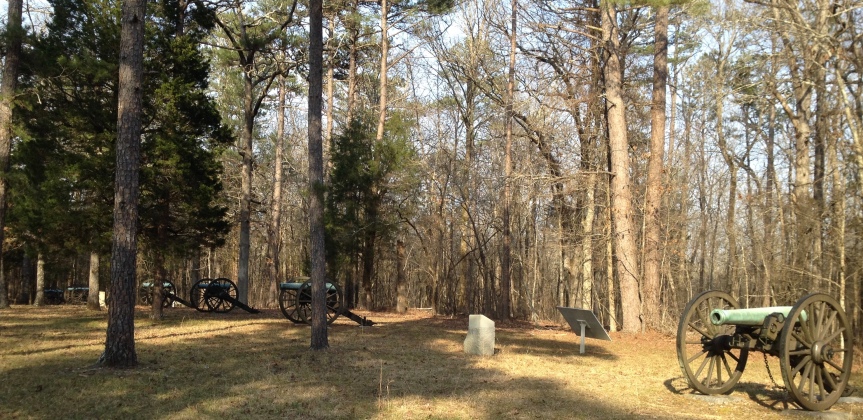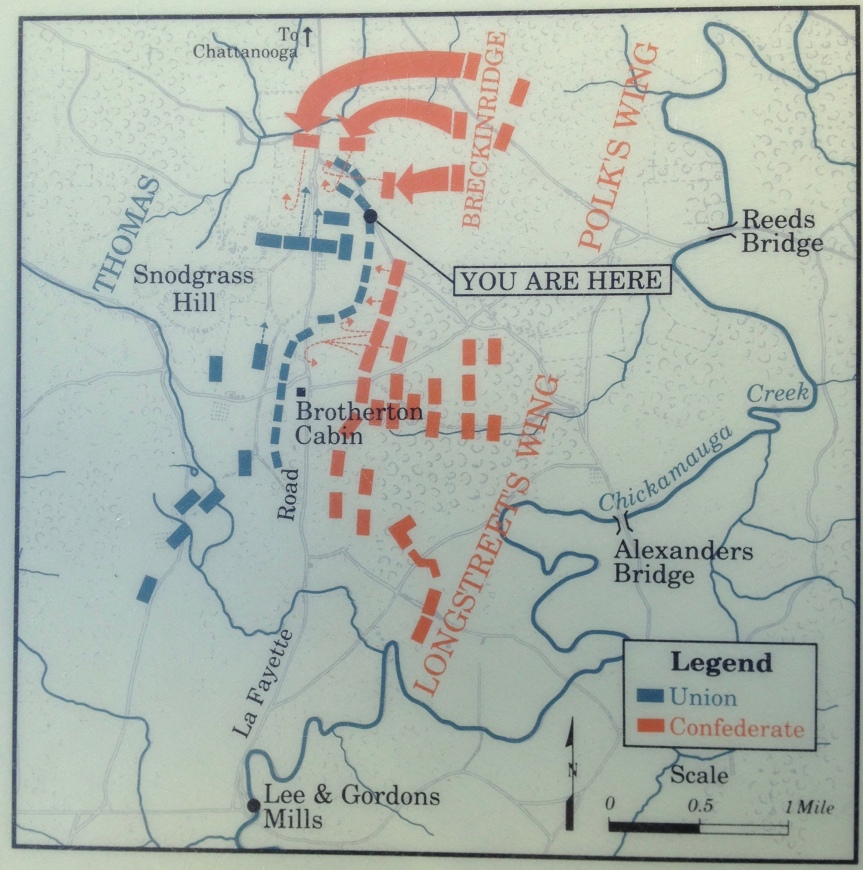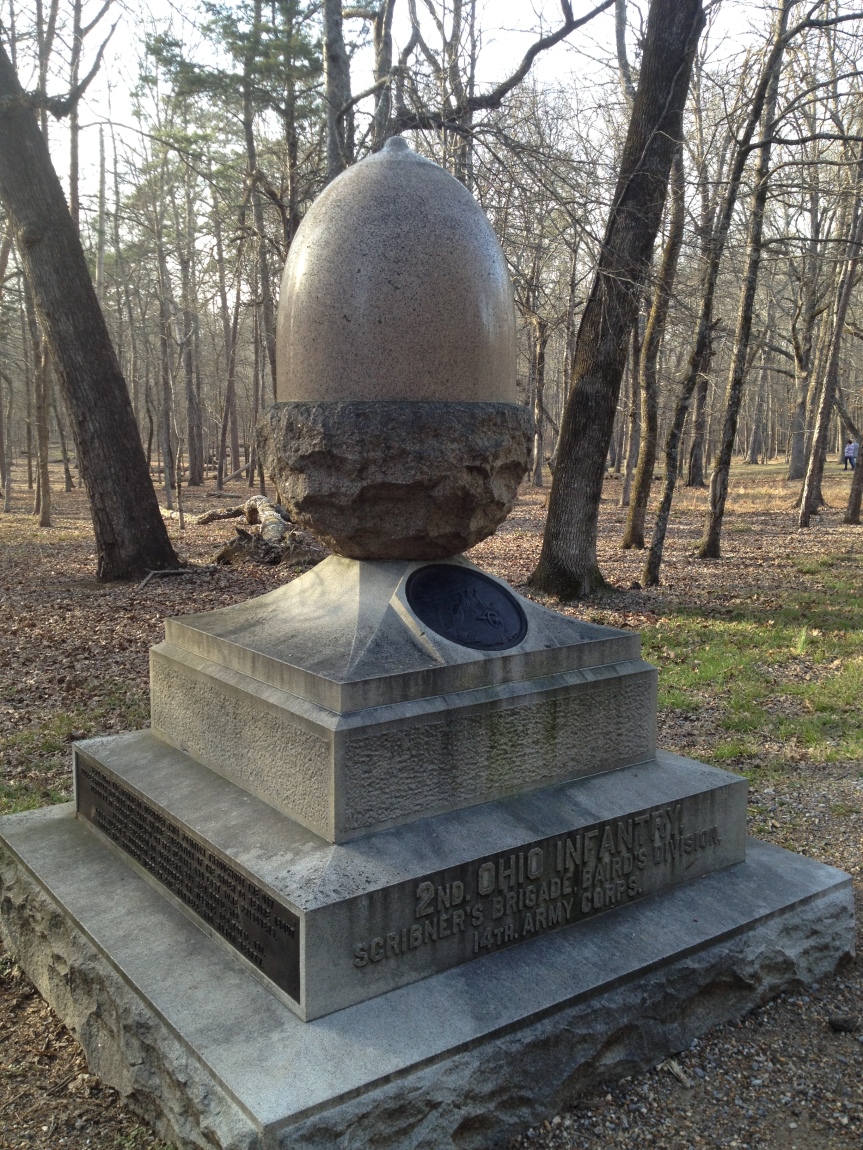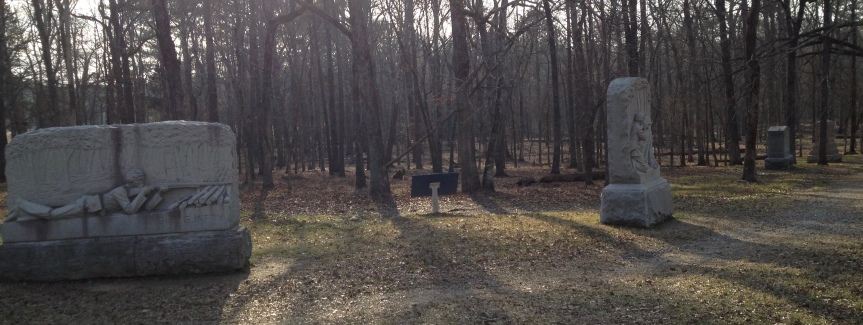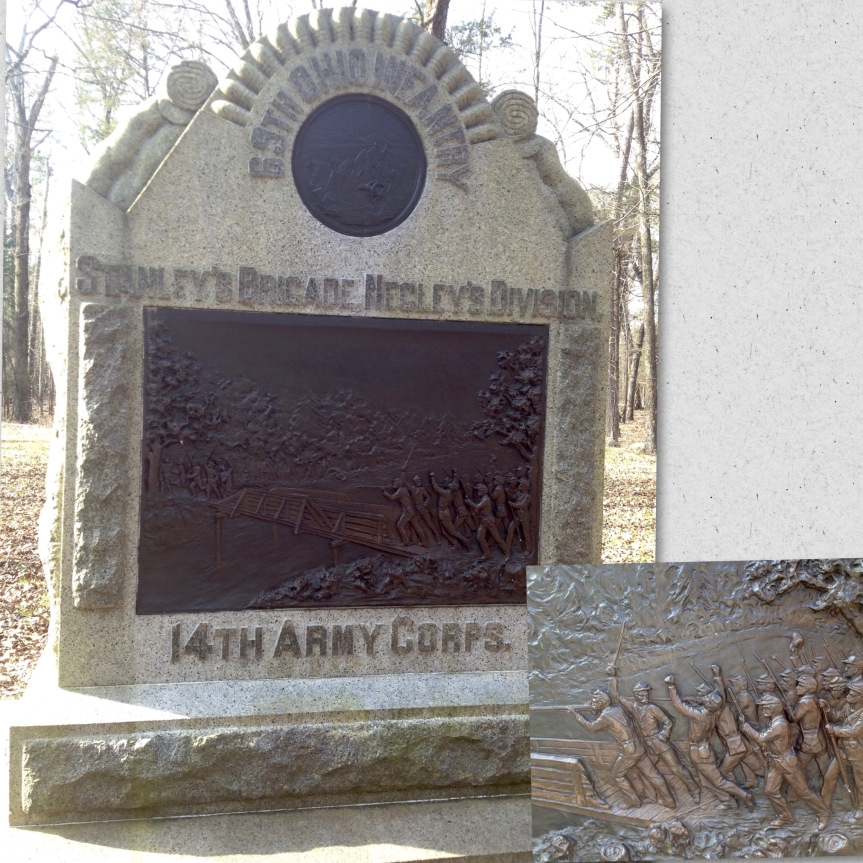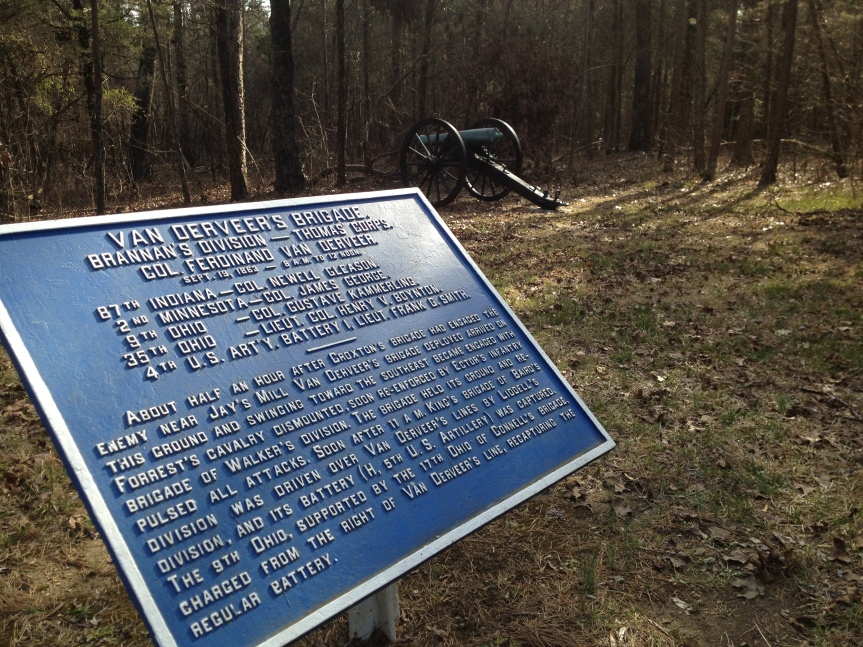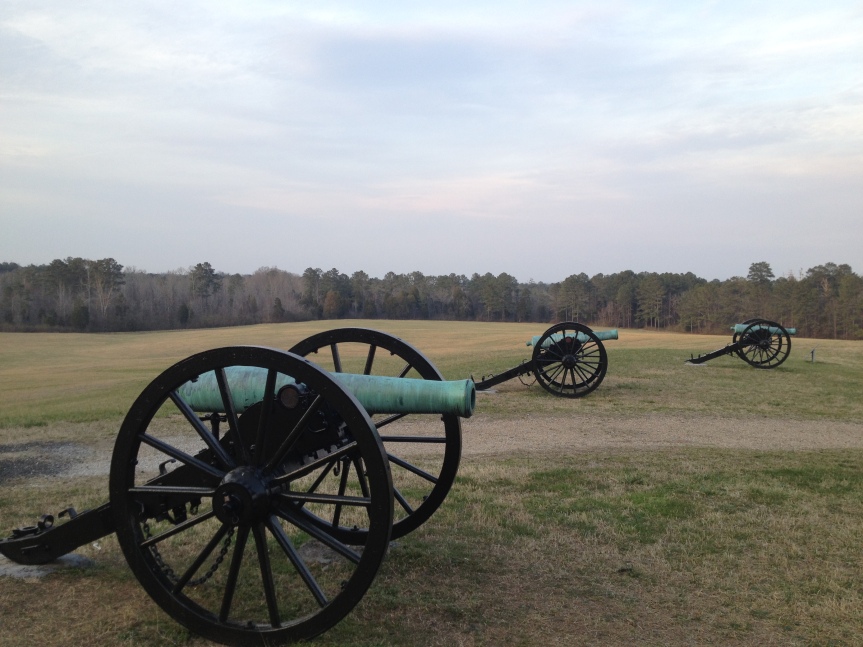The end point of a civil war raid you probably never heard of, that resulted in the first medals of honor ever given. Interesting, both from historical and engineering standpoints. I suggest that you hire the docent to take you around (optional).

I actually came here twice, the first time I was amazed at how popular the attraction was, till I realized that I had timed my visit badly to coincide with the republican and democratic Georgia primaries, which I had not realized was happening that day, and had known that the visitor building doubles as a voting center (in cause you’re interested: for the democrats Hillary Clinton won 71.3% over Sanders’ 28.2%, while Donald Trump won 38.8% against 4 remaining challengers).
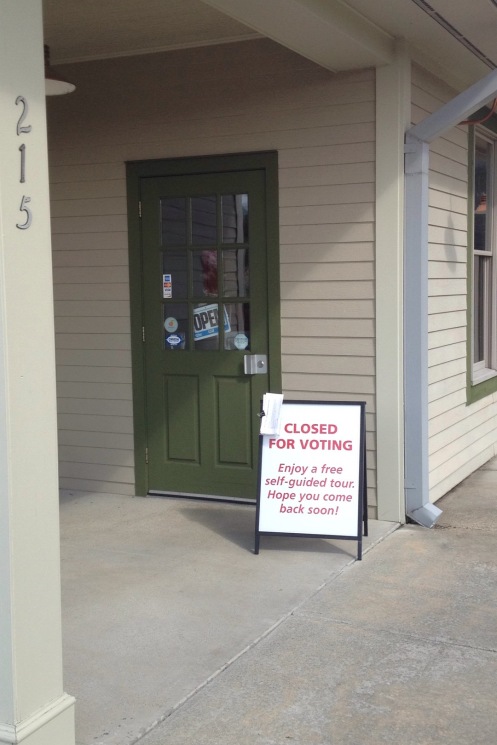
That said, inside the visitor building is where you buy your tickets, and hire the docent to take your around to the tunnel and the house in a little golf cart (which is optional, but I strongly suggest it). The museum inside the center is small but interesting, so you can easily spend at about an hour in there — it is as much about trains, and life during the civil war as it is about the battles that took place here; it is, as the sign says, a “self-guided” museum, but there is a system in place where, assuming you’ve got a cell phone with you, you call a number and punch in codes for narrations of most of the more interesting exhibits. Right near the entrance you will also find a wall with a plethora of advertisers for other things to see in the area — I often find these to be far more useful than TripAdvisor or Yelp in trying to find things of interest — in part because they act as a little stack of reminders.
Because my first visit was thwarted by the elections I came back here a second time about a week or so later and paid my $10 for what turned out to be a very enthusiastic old guy (the docent) to take me around on a golf cart while explaining it all to me. First he drove through the now retired train tunnel … it’s about a 1/4 of a mile long from end to end, and is maybe 1/3 of a mile trek away from the parking lot… and along the way he explained all about how it was built, in great detail. It’s actually kind of cool looking in there, and his explanation of how it was built, back before they had the tools of today, was very interesting.
Of note, it was on the hill above the tunnel that the battle of Tunnel Hill took place, and I was told that there’s a yearly reenactment of the battle done every September, which hopefully I’ll be able to see at some future point. (Part of my reason for being in town was I have an old college friend — also a travel blogger — who lives in Dalton, and it’s my intention to spend more time here… as I am considering it as a place to retire to.)
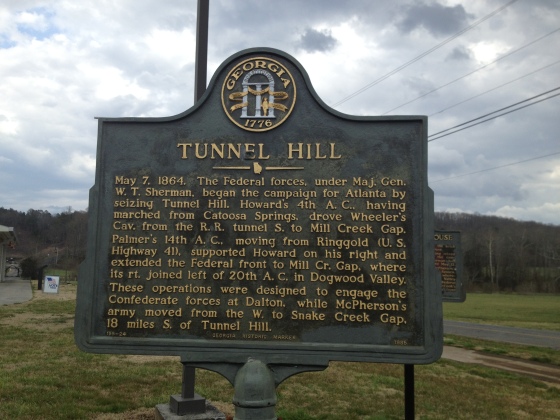
Then he described the Union initiated civil war campaign the tunnel is famous for; it involved the federalists stealing a train from the confederates, intending do as much damage as possible to the militarily strategic rail line on the trip back north to Chattanooga, with the southerners in hot pursuit. Ultimately, the campaign was a bust (for the Union soldiers, i.e., they got caught) but resulted in the first Medals of Honor ever given (which is also why there is a museum dedicated to that medal located in nearby Chattanooga).

Afterwards, he took me to the adjacent Clisby Austin House (VIDEO!!), which is located just up the hill from the tunnel. The house had been owned by Reverend Clisby Austin a baptist minister of the nearby church, farmer and owner of the small store he next to his house, a nearby building that served as a hotel for train passengers, and apparently also helped build the nearby brick church. According to my docent there were rumors that he was also a spy for the Union, because he was very public about being against the south’s secession. What is certain is that he observed part of what became known as the “Great Locomotive Chase.”
Later, during the Battle of Chickamauga, the house was used as a hospital. During that battle, General John Hood, considered by many as one of the best commanders of divisions and brigades the Confederacy had, was injured and his leg had to be amputated. (As a side note: After leaving Georgia I read the historical novel, “Killer Angels“, by Michael Shaara, about the battle of Gettysburg — which won the Pulitzer Prize, and in it he makes a major point of describing how a man can be talented at certain leadership jobs in a military, but an absolute disaster at other ones, and you never knew till they were actually in that position who would be good at what, a compelling truth that made me again think of John Hood, so I felt I had to add it here.) One of the interesting factoids is that they cut his leg off near where he fell, and when they moved him here to the hospital/house for rehabilitation they brought the leg along, so that should he die, they could bury him with the leg. However, he didn’t die, so while the leg is buried here the rest of him is laid to rest in Metairie Cemetery in New Orleans, Louisiana (also on the National Register of Historic Places).
Then, during what I’m guessing was the second of the Battles of Dalton (there were three, all with the same name), the home served as temporary headquarters for General Sherman (Union) who supposedly stayed there for three nights while planning his Atlanta Campaign.

So all sorts of good stories are to be had regarding the house, none of which you’ll learn if you don’t hire the docent. (Note: Unfortunately, they don’t let you take photos inside the tunnel or the house unless you pay for the right. Of course, IF you go though the tunnel surreptitiously, sans a docent, you might be able to get away with it, but I’m not suggesting that… no of course not)
